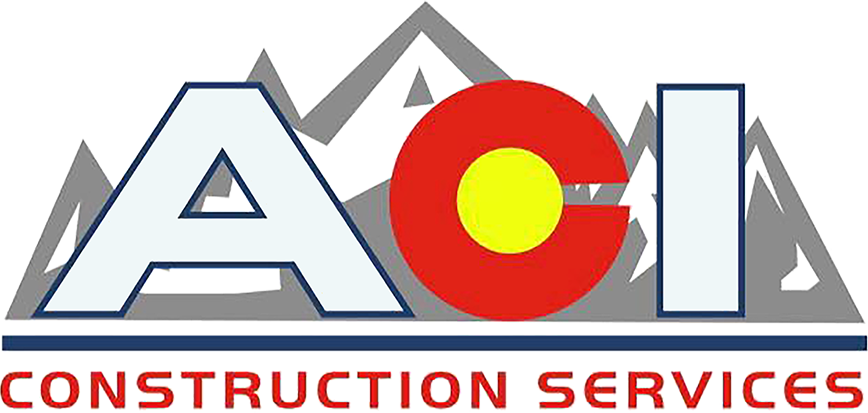Why Pre-Engineered Metal Buildings Are a Game-Changer
Pre-Engineered Metal Buildings (PEMBs) are revolutionizing the construction industry by offering a convenient, cost-effective alternative to traditional construction methods. With the ability to meet a variety of needs, from commercial spaces to agricultural facilities, PEMBs are becoming increasingly popular. This article aims to provide an in-depth look at what Pre-Engineered Metal Buildings are, how they are designed, their benefits, and common uses.
What Are Pre-Engineered Metal Buildings?
Pre-Engineered Metal Buildings consist of a steel frame system that supports metal roof and wall panels. These buildings are pre-designed to adhere to precise dimensions, taking into account area-specific building codes, potential load problems, and environmental considerations. The components, including roof and wall panels, are manufactured in a factory and then shipped to the construction site for assembly.
Designing a Pre-Engineered Metal Building
The design process involves several considerations:
- Bay Spacing: The distance between supports in the structure.
- Slope of Roof: The angle of the roof, which can affect drainage and aesthetics.
- Loads: Including live loads (people and furniture), dead loads (the building itself), and collateral loads (additional items like HVAC systems).
- Wind Uplift: The potential for wind to lift the roof.
- Space Between Bearing Points: This affects the structural integrity and design of the building.
- Deflection Criteria: The allowable amount of movement in the building’s components.
Computer-aided design programs and Building Information Modeling (BIM) technology have made the design process more efficient, allowing for 3D design and real-time changes.
Benefits of Pre-Engineered Buildings
- Cost-Effectiveness: PEMBs are often more cost-efficient due to the streamlined design and fabrication process, which reduces labor and material costs.
- Speed of Construction: The pre-fabricated components make the construction process quicker, without compromising on quality.
- Durability and Longevity: These buildings are resilient and can withstand extreme weather conditions, making them a long-lasting investment.
- Flexibility and Customization: The design can be easily tailored to meet specific requirements, offering unparalleled flexibility in layout and usage.
- Energy Efficiency: PEMBs are tightly sealed and require less insulation, making them more energy-efficient.
Common Uses of Pre-Engineered Metal Buildings
- Agricultural: Ideal for housing livestock and equipment.
- Commercial: Suitable for various business sizes and types.
- Government: Cost-effective for tight budgets.
- Storage Warehouses: Offers clearspan capabilities for maximum space utilization.
- Recreational Sports Facilities: Durable and adaptable for future expansion.
Conclusion
Pre-Engineered Metal Buildings are setting new standards in the construction industry, offering a blend of efficiency, durability, and cost-effectiveness that is hard to beat. If you're in the planning stages of a construction project, it's worth considering the manifold advantages of opting for a Pre-Engineered Metal Building.

